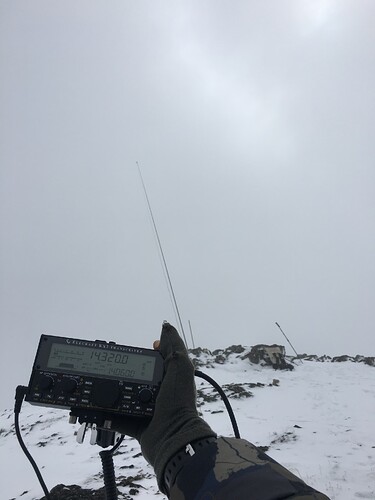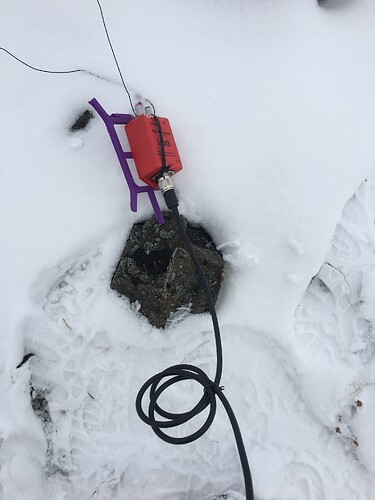Rob,
Commiserations on the lack of success on your activations. Must be very frustrating.
As you have investigated several antenna options and you have a good radio, that aspect can be set aside and other aspects of your operation investigated.
You have several ways to spot yourself in some way, now the way is clear to going to your spotted frequency, asking if it is in use (just to be sure) then calling CQ.
Some people just call “CQ this is callsign” then listen. That is probably the best way to ensure you get no contacts. Reason? You haven’t given the listeners time to find and hear your signal and listen to your CQ call.
The reason for that is that of all the people using the band at the time you call CQ, most are in contact with someone else on another frequency. Obviously they are not listening on your frequency so they won’t hear you and reply. Then there will be others who are listening to those contacts. Finally there are the smallest group of people, those who would like to make a contact. What are they doing? If you are lucky, they are tuning across the band, pausing at every audible signal, listening for a short time, then continuing to tune. How can you get them to find your CQ call on the frequency you are using? You have to be calling CQ, right when they tune across your frequency, and the only way of making that more likely is to make an extended CQ call. How long? Experience will tell you what works, but the short CQ as described above won’t work. So how long should you call for? At least give your callsign (in standard phonetics) twice or three times after each CQ or CQ SOTA. (Does CQ SOTA mean you are a SOTA activator, not as far as I can tell. It seems to be saying CQ (any station) I am a SOTA operator). So make it really obvious that you are operating on a SOTA site, wanting at least 4 contacts and then repeat the CQ and your callsign in standard phonetics twice again. Eg. “CQ CQ this is (callsign)(callsign) on Mount Hilltop, a SOTA portable station operating QRP (low power) callsign CQ CQ, now listening for any call”. You’ve then extended your presence on the band to 30-40 seconds, giving the listener some time to find your signal and note your callsign. There is no time tax on transmitting, other than if you call CQ for two minutes the listener will get bored and keep on tuning down the band. It’s a matter of judgement.
The next suggestion is to “tail end” a contact that is ending. Here you have an operator who is listening on that frequency, so a long call is not needed. Including the word “portable” or “QRP” or “SOTA” with your callsign can help, many operators give priority to such stations and usually they know all you want is a report for your log. So before taking the call from the loudest station, experienced operators try to give a short contact to the lower powered signals.
Then there is the “S2S” option. If you hear another SOTA portable ending a contact, some SOTA operators add “summit to summit” to their callsign, when trying to catch the attention of the other operator. Most SOTA activators give priority to S2S contacts.
Why use standard phonetics, or any at all? Standard words (admittedly, English) are more easily recognised for what they are by the operators you want to hear them. Don’t vary your phonetics, when one letter is in doubt, the worst thing is to confuse your listener by using a different word the second time you give your call, so they just won’t understand you. Remember your signal is not strong. It’s not on an FM repeater so reception is not noise free.
I give you this suggested approach recognising that you have not been an HF phone/voice operator for long and you may be misled by the operating styles of others you hear, who may have big antennas, are talking with operators they know well, using high power etc. Those operators might not be so successful with lower power and a cold hill to manage.
Keep up the good work and try some of the things suggested above. I hope it is useful.
73 Andrew VK1DA/VK2DA


